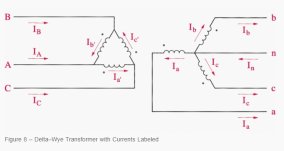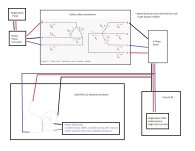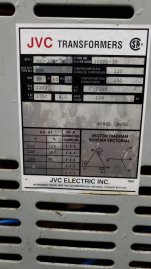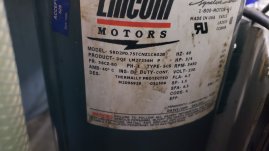Hey guys Im running my shop with 4 cncs from a 35hp phase converter. We could really use more power but its not an option. We have spindle ramps slowed and we rough our parts a little slower and its working pretty decent but always looking for improvement. Lately ive realized my generated phase has a noticeable drop in voltage when the coolant pump starts on one of the larger machines. Looking at switching the phases around so coolant pump (single phase) is not on the generated phase if possible.
We have a 3 phase delta to wye isolation transformer after the phase converter and im trying to understand exactly what happens to the power after passing through the isolation transformer so i can minimize the load on the generated phase.
Looking at diagram below lets say A and B is single phase and C is output from phase converter. So A-B and Ib' would be full strength, not generated by phase converter. Is it correct to assume that the only output from the transformer that is not generated by the phase converter would be n-b? So say If I have a machine that uses a 240v single phase coolant pump. I no longer have the option to choose the two wires that produce full power right? I guess b-c or b-a would be best bet? With the coolant pump running from a-c being the worst option? This would be completely run off generated phase right?
We have a 3 phase delta to wye isolation transformer after the phase converter and im trying to understand exactly what happens to the power after passing through the isolation transformer so i can minimize the load on the generated phase.
Looking at diagram below lets say A and B is single phase and C is output from phase converter. So A-B and Ib' would be full strength, not generated by phase converter. Is it correct to assume that the only output from the transformer that is not generated by the phase converter would be n-b? So say If I have a machine that uses a 240v single phase coolant pump. I no longer have the option to choose the two wires that produce full power right? I guess b-c or b-a would be best bet? With the coolant pump running from a-c being the worst option? This would be completely run off generated phase right?





